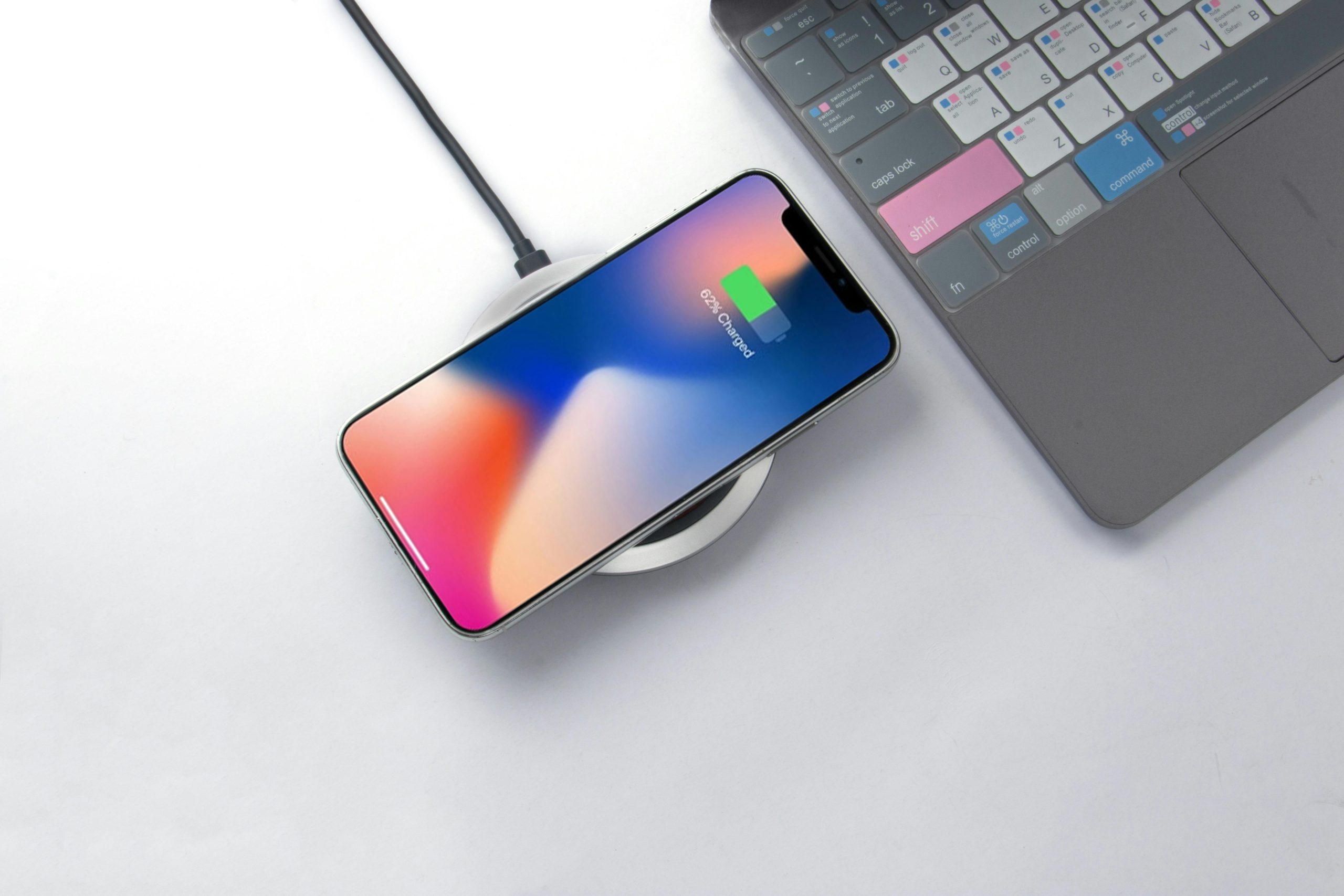As wireless technology continues to advance and become more prevalent, ensuring their safety when in close contact with the human body is crucial. Nerve stimulation testing helps assess the risk of RF emissions for devices that intentionally generate RF energy in the 3 kHz to 10 MHz range, ensuring that these devices are safe for consumer use. Keep reading to get all of the answers to the questions you may have about nerve stimulation testing.
What is Nerve Stimulation Testing?
Nerve stimulation testing evaluates whether RF emissions from wireless devices can unintentionally cause nerve or muscle stimulation in the human body. This type of testing is particularly important for devices that operate in the 3 kHz to 10 MHz frequency range, such as RFID readers, Wireless Power Transfer (WPT) systems, and some industrial, scientific, and medical equipment. Unlike other RF tests, which often measure overall energy absorption (like SAR testing), nerve stimulation testing focuses on the risk of instantaneous high-intensity RF pulses that may affect nerves or muscles, ensuring that devices remain safe and comfortable for users in close contact with them. It is a critical part of meeting regulatory standards like Canada’s RSS-102 and protecting public health.
RSS-102 Issue 6
Canada’s RSS-102 Issue 6 is a regulatory standard developed by ISED to ensure that RF devices meet safety requirements related to human exposure to RF electromagnetic fields. It outlines the conditions under which devices emitting RF energy must undergo testing to comply with public safety limits.
The key difference from other exposure limits, such as SAR, is that Nerve Stimulation testing under RSS-102 focuses on maximum instantaneous field strengths rather than averaged exposure over time. This ensures that devices do not produce spikes of RF energy that could trigger involuntary nerve stimulation.
By complying with regulations like RSS-102 Issue 6, manufacturers can ensure their products are safe for use in Canada, especially for users who might be in direct or prolonged contact with devices emitting low-frequency RF energy.
Importance of Nerve Stimulation Testing for User Safety and Regulatory Compliance
By conducting nerve stimulation testing, manufacturers can ensure that their products comply with regulatory standards, such as Canada’s RSS-102, protecting both user safety and the company’s reputation. Additionally, passing nerve stimulation tests helps manufacturers avoid costly redesigns, delays, or penalties by addressing safety concerns early in the development process. It’s a key step for regulatory approval and smooth entry into markets with stringent RF safety requirements.
Get Help With Nerve Stimulation Testing From RF Exposure Lab
RF Exposure Lab can help you determine which type of testing is necessary for your products, whether that’s Nerve Stimulation, Power Density, or SAR testing. Our lab has Nerve Stimulation testing equipment available to ensure that we can always meet our clients’ needs.
Our expert team knows that the wireless device testing landscape is constantly changing, which is why we do the work of staying on top of it so our clients don’t have to. Through our unique expertise and commitment to our clients, we guarantee accurate testing and results.
We offer testing services for a variety of wireless devices including wireless modems, laptops, tablets, cell phones, medical products, and much more. If you’re looking for wireless device testing help provided with speed, accuracy, expertise, and integrity, contact us to get a quote or learn more about our services.
